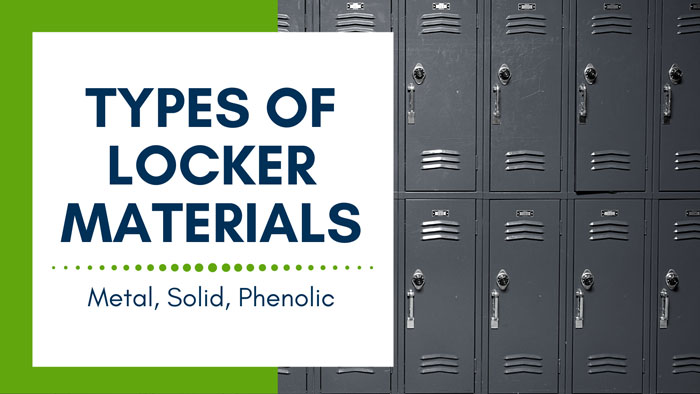At LaForce, we can supply storage lockers for schools, hospitals, recreation facilities, and more. Let’s break down one common question: What are the differences between metal lockers, solid plastic lockers, and phenolic plastic lockers?
Metal Lockers:
Material Used: Usually 16-gauge, powder-coated steel
Durability: Traditional choice for high-abuse environments such as school corridors. Not ideal for high humidity areas since metal is susceptible to rusting.
Cost: Most economical option, though long-term maintenance costs can add up.
Solid Plastic Lockers:
Material Used: High-density polyethylene (HDPE)
Durability: Water-resistant and ideal for high-humidity environments like gym locker rooms. Will not rust, rot, or corrode. More sanitary than metal lockers.
Cost: Typically cost more than metal lockers but may require fewer maintenance costs.
Phenolic Plastic Lockers:
Material Used: Phenolic plastic
Durability: More durable than solid plastic lockers. Water-resistant and ideal for high-humidity environments like gym locker rooms. Will not rot, rust, or corrode. More sanitary than metal lockers.
Cost: Typically cost more than metal lockers and solid plastic lockers, but have a slim, sleek profile so can be more aesthetically pleasing.
Contact one of our experts to get started talking about what is the best solution for your facility!



Follow Us